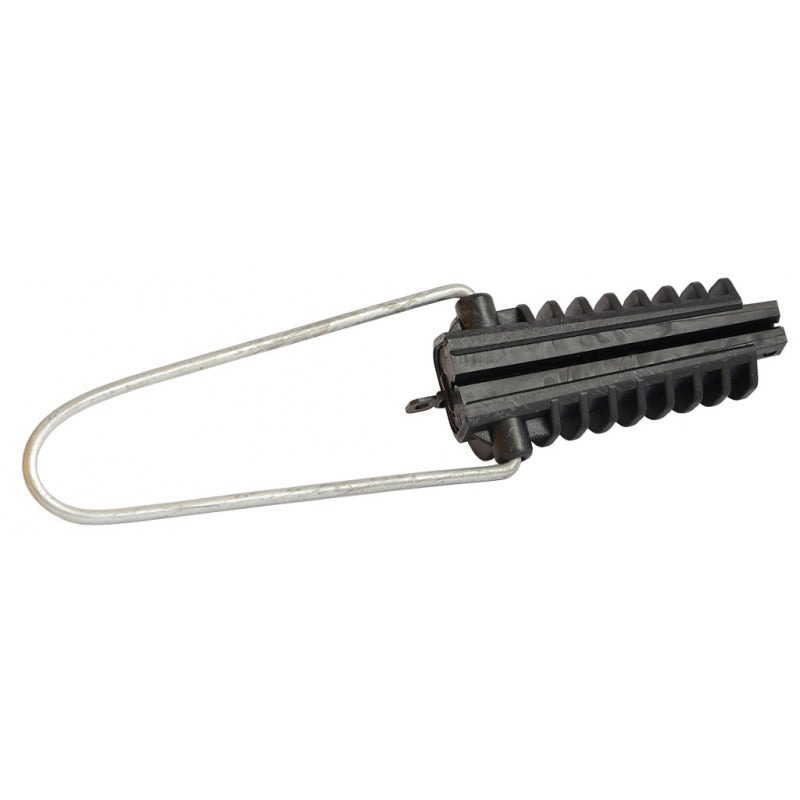Wedge anchoring clamps are essential mechanical devices widely used in electrical and utility installations, particularly in overhead line systems. These clamps are designed to secure conductors or cables under tension, ensuring safe and reliable support in transmission and distribution networks anchor clamp. Their simple yet robust design makes them ideal for high-tension environments and demanding outdoor conditions.
What Is a Wedge Anchoring Clamp?
A wedge anchoring clamp—also known as a wedge tension clamp or dead-end clamp—is a self-tightening mechanical device used to anchor insulated aerial bundled cables (ABC) or bare conductors. It comprises a body, movable wedges, and sometimes a bail or strap for attachment. When tension is applied, the wedges automatically grip the cable tighter, preventing slippage and maintaining alignment.
Key Components
-
Clamp Body: Typically made of UV-resistant, high-strength plastic or corrosion-resistant metal to endure harsh weather.
-
Wedges: Internal gripping parts that automatically clamp the conductor when tension increases.
-
Bail or Strap: Used to connect the clamp to poles or support structures; may be made of stainless steel or galvanized steel.
Applications
-
Overhead power distribution: Securing conductors in low- and medium-voltage lines.
-
Telecommunications: Supporting aerial fiber-optic cables.
-
Street lighting: Anchoring cables in urban and suburban settings.
-
Rural electrification projects: Ideal for long-span cable installations in remote areas.
Advantages of Wedge Anchoring Clamps
-
Automatic Self-Tightening: The wedge design ensures increased grip as tension rises, reducing the need for manual tightening.
-
Tool-Free Installation: Many models are designed for easy, quick installation without the need for special tools.
-
Durability: Made from corrosion-resistant materials for long service life even in extreme weather conditions.
-
Versatility: Compatible with various cable sizes and types, from LV ABC to bare aluminum conductors.
-
Safety: Prevents conductor slippage, reducing the risk of electrical faults or accidents.
Selection Tips
When choosing a wedge anchoring clamp, consider the following:
-
Cable diameter and type
-
Mechanical tension load
-
Environmental conditions (e.g., UV exposure, humidity, salinity)
-
Compliance with international standards (e.g., IEC, EN, ASTM)
Conclusion
Wedge anchoring clamps play a crucial role in maintaining the integrity and safety of aerial cable systems. Their simple mechanics, combined with reliable performance, make them a preferred choice for engineers and utility providers worldwide. As power and communication networks expand, the demand for efficient, durable anchoring solutions like wedge clamps continues to grow.
